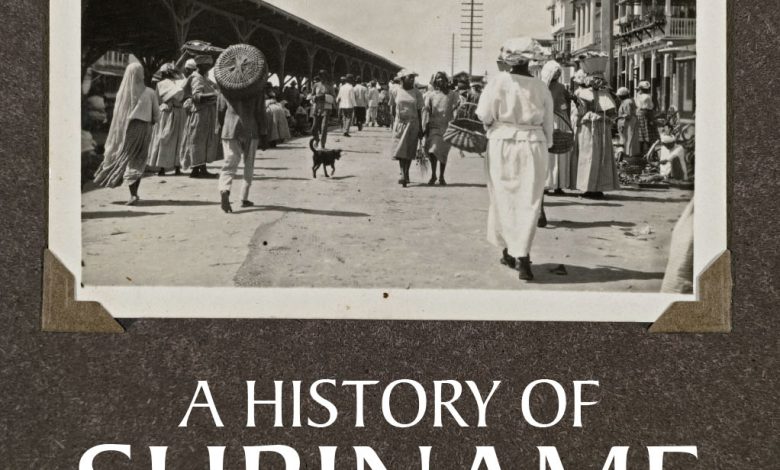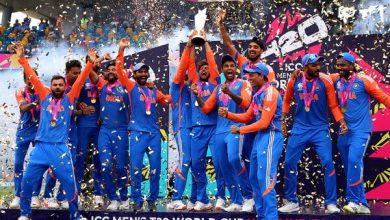Introduction And History of Suriname: Unveiling a Rich Heritage

Suriname is a small country in South America. It is known for its rich history and diverse culture. Let’s explore the journey of this fascinating nation.
Geographical Location
Suriname is located on the northern coast of South America. It is bordered by the Atlantic Ocean to the north, Brazil to the south, French Guiana to the east, and Guyana to the west.
Early Inhabitants
The earliest people in Suriname were the indigenous tribes. These tribes included the Arawak, Carib, and Wayana. They lived in harmony with nature and were skilled hunters and farmers.
European Exploration
European explorers arrived in Suriname in the late 15th century. Christopher Columbus was one of the first to explore the region. However, it was the Dutch who established a permanent presence.

Credit: www.sidestone.com
Dutch Colonization
The Dutch colonized Suriname in the 17th century. They set up sugar plantations and brought in African slaves. This period was marked by hardship and exploitation for the indigenous people and slaves.
Maroon Communities
Many African slaves escaped and formed Maroon communities. These communities lived in the dense forests of Suriname. They resisted Dutch rule and maintained their African heritage.
British Rule
In the early 19th century, the British took control of Suriname for a short period. However, it was returned to Dutch rule under the Treaty of Paris in 1815.
Abolition of Slavery
Slavery was abolished in Suriname in 1863. The freed slaves were required to work on the plantations for ten more years. This period was known as the “Staatstoezicht” or state supervision.
Indentured Labor
After the abolition of slavery, the Dutch brought in indentured laborers. These laborers came from India, China, and Indonesia. They contributed to the cultural diversity of Suriname.
Road to Independence
Suriname gained autonomy from the Netherlands in 1954. Full independence was achieved on November 25, 1975. This marked the beginning of a new era for the nation.
Post-Independence Era
The post-independence era was marked by political instability. Suriname experienced military coups and economic challenges. However, the nation has worked towards stability and growth.
Cultural Diversity
Suriname is a melting pot of cultures. The population includes people of African, Indian, Javanese, Chinese, and European descent. This diversity is reflected in the country’s festivals, cuisine, and traditions.
Languages
Suriname is a multilingual country. Dutch is the official language. Sranan Tongo, an English-based creole, is widely spoken. Other languages include Hindi, Javanese, and Chinese.
Religions
Suriname is home to various religions. The main religions are Christianity, Hinduism, and Islam. There is also a presence of indigenous beliefs and African traditional religions.
Natural Beauty
Suriname boasts rich natural beauty. The country is covered by vast rainforests. It is home to diverse wildlife and pristine rivers. Eco-tourism is a growing industry in Suriname.
Important Cities
- Paramaribo: The capital city, known for its colonial architecture.
- Nieuw Nickerie: A key agricultural hub.
- Albina: A border town near French Guiana.

Credit: www.britannica.com
Economy
Suriname’s economy relies on natural resources. The main exports are bauxite, gold, oil, and agricultural products. The government is working to diversify the economy.
Education
Education is highly valued in Suriname. There are primary, secondary, and tertiary institutions. The Anton de Kom University is the main higher education institution.
Festivals
Suriname celebrates many festivals. Some of the major festivals include:
- Phagwa: A Hindu festival of colors.
- Christmas: Celebrated by Christians with joy.
- Independence Day: Celebrated on November 25th.
Frequently Asked Questions
What Is Suriname’s Capital City?
The capital city of Suriname is Paramaribo.
Where Is Suriname Located?
Suriname is located in northern South America.
What Languages Are Spoken In Suriname?
Dutch is the official language in Suriname.
When Did Suriname Gain Independence?
Suriname gained independence on November 25, 1975.
Conclusion
Suriname is a country with a rich history and diverse culture. From its early indigenous inhabitants to its modern-day diversity, Suriname’s journey is remarkable. This small nation continues to grow and thrive, embracing its unique heritage.




